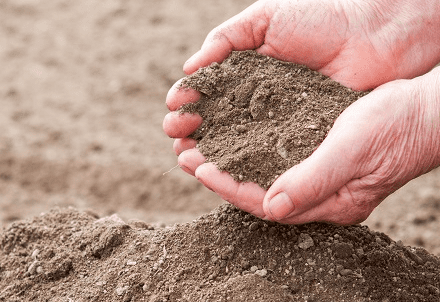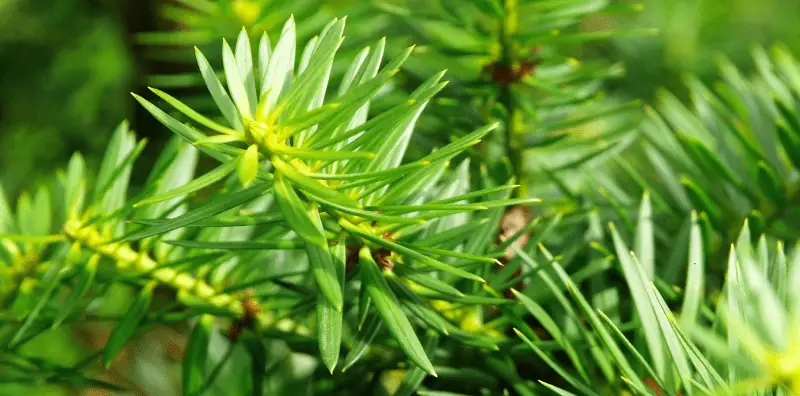Podocarpus trees are beautiful shrubs that are becoming more popular among home gardeners. They are known for their evergreen foliage, dense growth habit, and tolerance to a wide range of growing conditions. However, which soil is best for podocarpus?
There are a few things to consider when deciding which soil is best for your podocarpus. In this blog post, we will discuss what type of soil podocarpus prefer, as well as some tips on how to amend your soil to create the perfect growing environment for these beautiful shrubs.
What Soil Is Best for Podocarpus?
As drought-tolerant plants, podocarpus trees prefer well-drained soil. They are not fond of soggy or waterlogged conditions, so it is important to make sure that your soil drains well by testing it before planting.
A simple way to test your soil drainage is to dig a small hole in the ground and fill it with water. If the water drains within 24 hours, then your soil is well-drained and will be suitable for podocarpus.
The key is preventing root rot, which can quickly kill these trees. If you are unsure about your soil drainage, it is always best to err on the side of caution and keep the soil on the dry side.
In terms of soil type, podocarpus trees are not picky and will do well in a variety of soils, including clay, loam, and sand. However, they prefer slightly acidic soil with a pH between five and six.
If your soil is not naturally acidic, you can lower the pH by adding sulfur, peat moss, or pine needles. You can also use an acidic fertilizer to help create the ideal growing environment for your podocarpus. This is especially important if you are growing these shrubs in containers.
How to Improve Drainage for Podocarpus?
As we just mentioned, podocarpus prefers well-drained soil in order to thrive. If your soil is heavy or clay-like, it may be necessary to amend it before planting podocarpus.
Adding Sand
One way to improve the drainage of your soil is to add sand. This will help to loosen up the soil and improve aeration. If you are working with a small area, you can simply mix sand into the top few inches of soil.
Any sand will do, but coarse sand is best. Avoid using fine sand, as this can sometimes compact the soil and make drainage worse. The key is to add enough sand so that the soil is loose and easy to work with.

Adding Organic Material
Another way to improve drainage is by adding organic material to your soil. This can be in the form of compost, manure, or peat moss.
Organic material will help to break up heavy soils and improve aeration. It is important to add organic material before planting, as it can take some time for it to break down in the soil.
Adding a Drainage Layer
If you have a large area that you want to plant with podocarpus, you may want to consider adding a drainage layer. This can be done by placing a layer of gravel or crushed stone at the bottom of the planting hole.
The drainage layer will help to improve drainage and prevent waterlogging. It is important to use a material that will not break down over time, such as gravel or crushed stone.
Conclusion
Podocarpus are tough plants and can tolerate a wide range of soil types. However, if you want your tree to thrive, then it is best to plant it in sandy soil that is rich in organic matter. This type of soil will help to ensure that your tree has enough nutrients, but will also drain well to prevent root rot.
When it comes to drainage, podocarpus prefers well-drained soil. If your soil is heavy or clay-like, you can improve drainage by adding sand, organic material, or a drainage layer. By following these tips, you can create the perfect growing environment for your podocarpus tree.
Do you have any tips for growing podocarpus? Share them in the comments below!
Tim is an avid gardener from the UK. He was the founder of PlantCarer.com from 2021 to Sep 2023. He sold PlantCarer.com to Aaron. He has since started his own business called Seed To Supper, which provides new gardeners all the materials you need in a box (pots, seeds, compost and instructions) to grow your own delicious and nutritious vegetables and herbs from start to finish – no garden required.


Just discovered and Enjoyed very much your articles, especially on podacarpus!
Not clear if you are still writing responses to questions on stressed plants…thank you…
Yes – happy to answer any questions you have